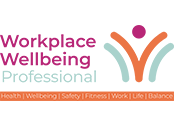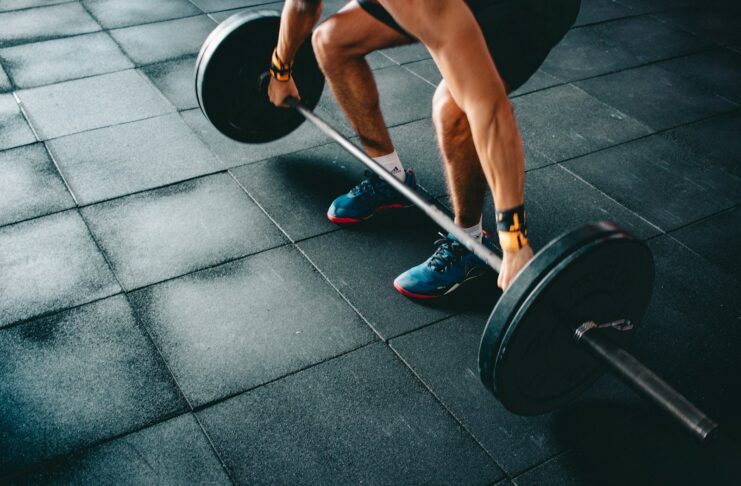Companies often contact me asking if my organisation can provide in-house services like Pilates or yoga for their staff. I’m a firm believer that any form of movement or exercise is better than none at all, but I try to have a discussion about the benefits of one type of exercise that’s often overlooked or dismissed by people — especially women and the older age group: strength training.
When I talk to any patients about lifting weights, their response is frequently that they don’t want to do it because they don’t want to bulk up and get muscly. Their view of weightlifting is based on the competitions they see every four years in the Olympics or images of bodybuilders, and very few people want to look like these competitors.
That’s completely understandable, but the reality is that to achieve a body like any of those athletes, you need to be specifically focused on a diet and exercise programme that works towards that objective. We, mere mortals, will never achieve this, no matter how heavy we think the weights we are lifting are.
Health and Longevity
But research is showing that building and maintaining muscle mass at any age is absolutely essential for our health and longevity. And especially as we get older. Here’s just some of the reasons why:
- Muscles release proteins called myokines into our bloodstream that boost our immunity to fight disease. The bigger and healthier our muscles, the more muscle cells we have to release these chemicals into the system to keep us healthy. One of the most important proteins produced by our muscles is called glutamine. Muscles create glutamine by breaking down proteins called amino acids and releasing this into the bloodstream. Glutamine is vital for immune activities, including the growth of lymphocytes (white blood cells), the production of cytokines (chemical messengers) and the maintenance of macrophage and neutrophil function which work to fight infections.
- Muscles release chemicals into our blood team that help fight cancer. These chemicals have names like tumour necrosis factor (necrosis being killing) and natural killer cells. These chemicals actually fight the cancer and tumour cells and have been shown to improve survival rates and also the effectiveness of chemo and radiotherapy. There is strong evidence that people who have better muscle mass and who do strength training while fighting cancer are more likely to respond better to treatment, have fewer side effects and ultimately better outcomes.
- Muscle activity helps reduce inflammation by releasing other myokines called interleukins, which control our body’s inflammatory processes. Chronic inflammation can lead to long-term health conditions like arthritis, heart disease and diabetes, so regular strength training is a key aspect of preventing and managing these types of conditions.
- Muscle contraction enhances our circulation, which facilitates the function of our immune system by moving blood and lymph through our body and ensuring that immune cells reach the areas where they are needed. Unlike blood which is also pumped through our body by our hearts, the lymph system which removes toxins from our bodies, relies solely on muscle contraction for the movement of lymph fluid.
- Muscles act as shock absorbers to protect our joints, preventing problems like arthritis, especially in joints like our hips and knees. There is evidence that undertaking regular strength training can prevent the need for surgery such as hip and knee replacement by improving the joint support, reducing pain and increasing function.
- Muscle is massively metabolically active. This means that if you have good muscle tone and bulk, your body needs to use more calories for daily activity, helping keep your weight under control. Muscles also use glucose (sugar/carbohydrates) to function, reducing the levels of circulating glucose in our systems and preventing Type 2 diabetes.
- Muscles protect your bones by ensuring they remain strong. The effect of muscles contracting on the bones they attach to is that they stimulate the production of bone cells and maintains bone density. This is especially important as we age and become more vulnerable to falls and broken bones, and for post-menopausal women in whom declining levels of oestrogen are associated with reduced bone density.
Getting started
When considering what type of exercise constitutes strength training, it’s important that people’s exercise programme is individually tailored to ensure the muscle groups are being challenged adequately.
Strength training should be done for about 30 minutes, two to three times a week. The weight you lift needs to be heavy enough to build muscle by creating what we call hypertrophy. This is usually a weight that you can only lift eight to 10 times. And you need to increase the weight over time to ensure you continue to maintain and develop good muscle mass.
You don’t need to go to a gym and lift heavy dumbbells to strength train. It can be done at home or in a workspace using body weight and/or small amounts of equipment such as exercise bands, hand and ankle weights, or even weight vests.
The best way to ensure you’re undertaking an effective strength programme is to get a personalised programme from an experienced strength and conditioning coach or exercise physiologist. They will test you to ensure you are lifting the right level of weights and training all body areas, as well as ensure you work on a progressive programme.
Assessment of each person’s capacity can be done in a group setting to develop individualised programmes as well as a varied circuit programme if people wish to exercise together. You don’t have to work out alone as strength training is an ideal exercise programme to undertake with work colleagues.
Programmes should simply be reviewed every 6-8 weeks to ensure people continue to build strength and do not plateau.
Claire Small
Claire is a Consultant Physiotherapist and the Chief Clinical Officer and co-founder of Pure Sports Medicine. As co-founder she has been with Pure Sports Medicine since its beginning in 2003, delivering outstanding clinical care for over 20 years.
Claire’s clinical specialities include issues of the spine, hip, groin and pelvis including persistent problems, pregnancy-related complaints and movement dysfunction. She has a specific interest in helping women manage the symptoms associated with menopause and metabolic syndrome.
As an accomplished and well-established clinician, speaker and researcher, Claire is also an Honorary Lecturer and Examiner at Queen Mary University of London and the University of Hertfordshire, an invited Lecturer at UCL, Kings College, London & University of Bath and a Journal Reviewer for Manual Therapy and Physical Therapy in Sport & the British Journal of Sport Medicine. She was made a Fellow of the Musculoskeletal Association of Chartered Physiotherapists in 2016.
In 2015 she was named Australian Businesswoman of the Year in the UK for her work in healthcare.



